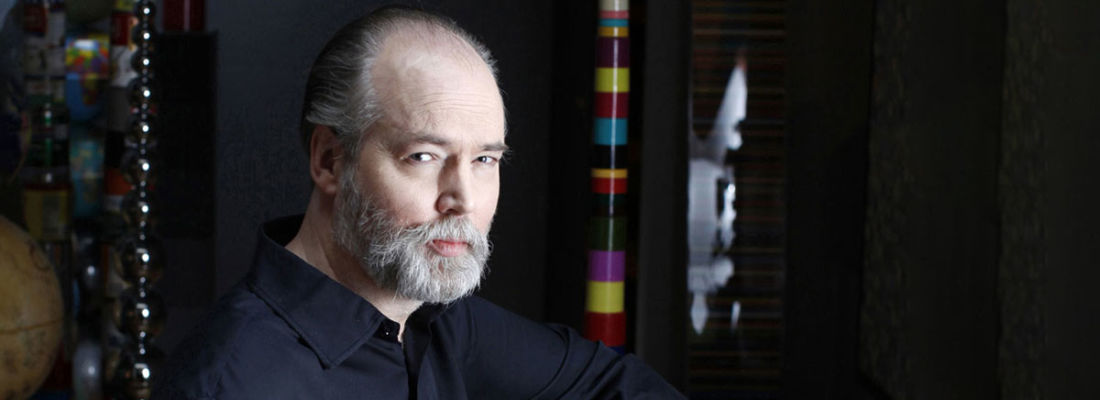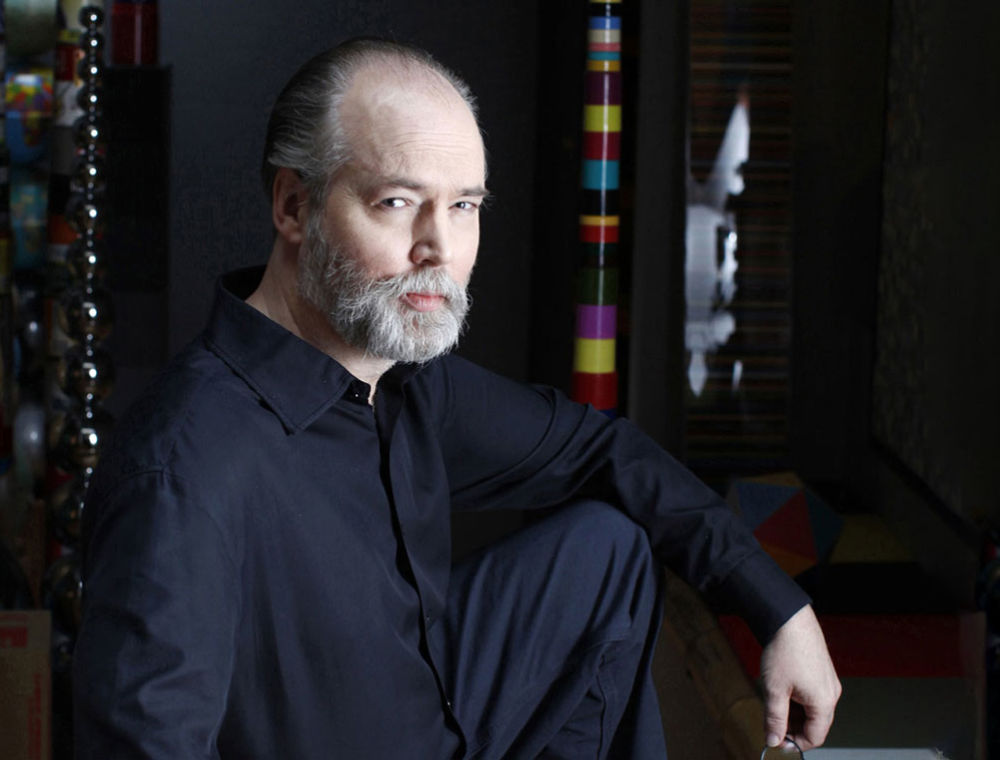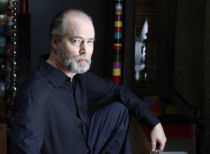Keynote Speeches
While in art school, Douglas Coupland had a profound realization – he wasn’t being taught how to use the full capacity of his brain. Inspired by this revelation he began exploring new ways to arrange sensory input to boost his creative potential. One of the world’s most acclaimed creative minds, Coupland’s work spans visual art, design, screenplays and literature. His work reflects the day-to-day aspects of life back at us in mesmerizing ways, revealing deeper cultural meanings. Using examples from some of his previous, award-winning endeavors, Coupland will share insights into his creative process. He’ll demonstrate how seemingly mundane sources of inspiration can lead to profound work. Coupland will explore his unique approach for gathering inspiration, nurturing ideas, and developing artistic consistency, focus, and execution. Audiences will leave this presentation more in-tune with their creative voice and equipped with a framework to help boost creative output.
Coupland’s exhibition ‘VORTEX’ shed light on the issue of ocean plastic pollution. As a multi-disciplined artist, he creatively blends mediums, materials, cultural mindsets and current events to weave compelling narratives that get people thinking, talking and paying attention. Coupland draws examples from his globally respected career as an author, designer & visual artist to discuss creative approaches to draw attention to issues most important to your audience. This presentation will inspire you to embrace alternative and innovative approaches to raising awareness, promoting participation, and raising funds to change the world. Coupland will work with organizations to create custom messaging that resonates with the intended audience with industry relevant examples and strategies.
In today’s ever-changing world filled with innovative new products, the ever-pervasive presence of technology can feel overwhelming. Through his novels and media appearances Douglas Coupland has been a leading commentator on technology’s impact on our society for almost two decades. In this thought-provoking presentation, he unveils some hard-hitting truths about how technology is shaping the way we think. Coupland argues that we shouldn’t kid ourselves into thinking the future has yet to come. It’s here now and isn’t going away. For all its drawbacks, technology is a very powerful and that can change lives for the better. The future is digital, nothing can stop that fact and Coupland encourages us to start embracing it. This presentation can be customized to explore some of the business trends that organizations need to look at adapting to including working hours vs. free time, robots, automation, new job categories, skill development & more. This presentation will challenge you to rethink your perception of our superfuture. In the words of Coupland;
“[I] wonder if the most important thing we could invent right now would be a technology that takes away our bottomless fear of missing out, our need to read the latest news update, our latest hook-up or our latest upgrade. What kind of technology would that be? How would it free us from our current superfuture prison? How could it convince us that everything is OK? How do we invent our way out of this mess?”
Custom Presentation:
Work with Douglas Coupland to brainstorm an experiential talk related to cultural mindset, current events and creativity.
Work with Douglas Coupland to brainstorm an experiential talk related to cultural mindset, current events and creativity.



















Similar Speakers